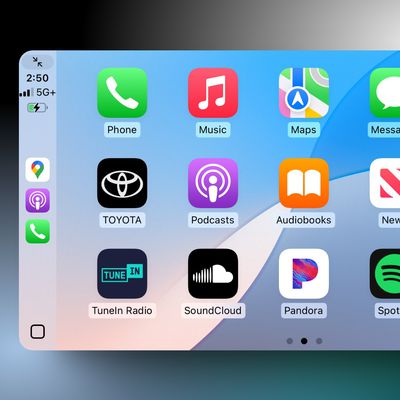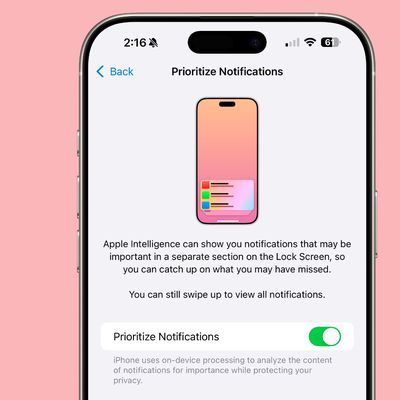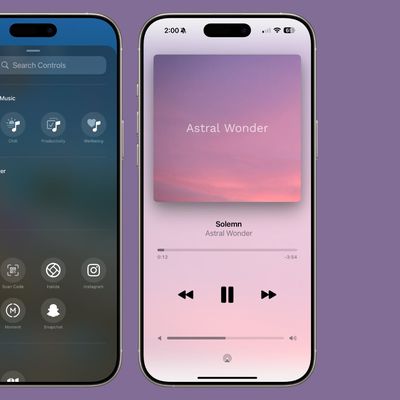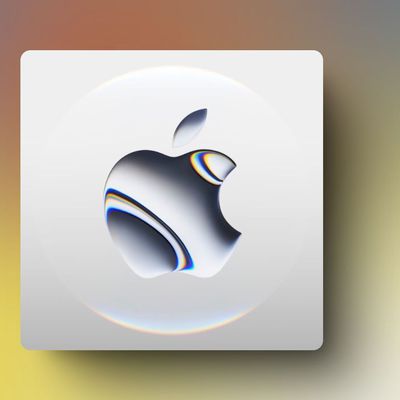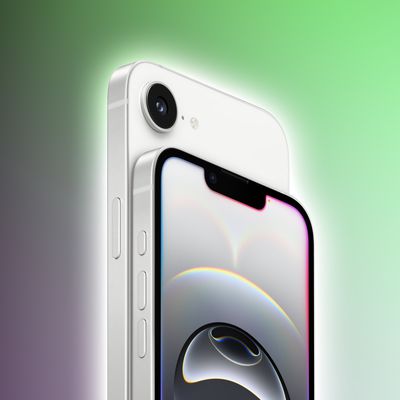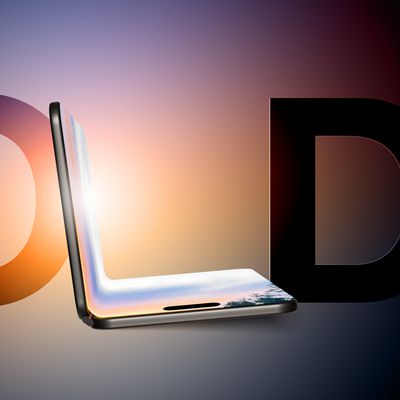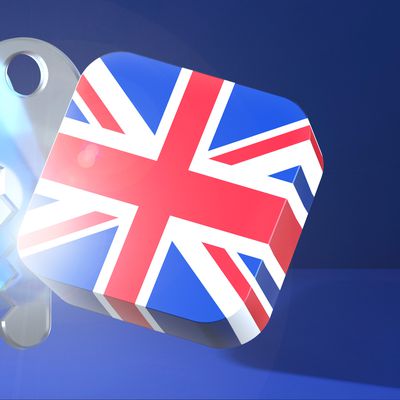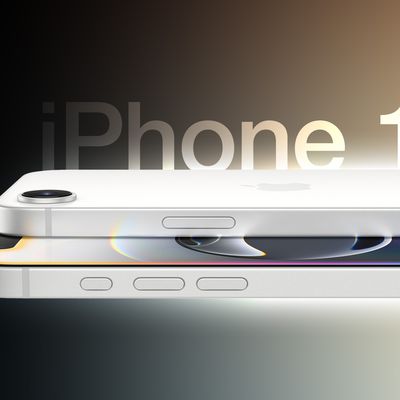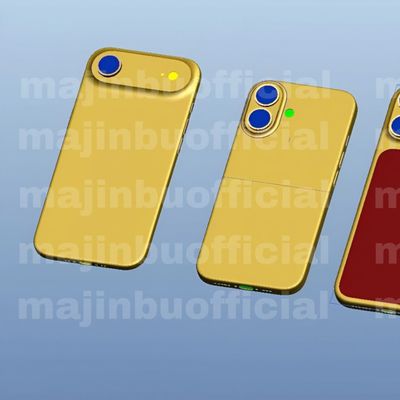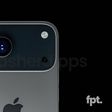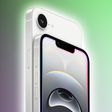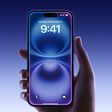Thunderbolt Adoption Reportedly Slowed by Intel's Licensing and Certification, But Improvements Coming
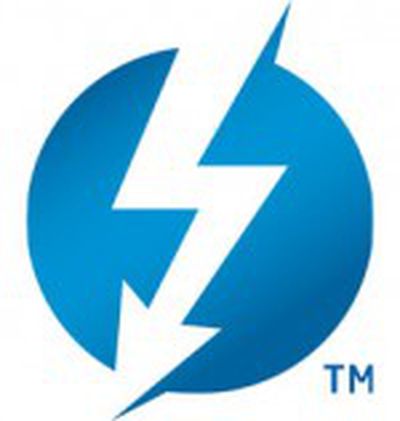 Last July, Ars Technica took a look at the state of the Thunderbolt standard developed by Apple and Intel, noting that adoption remained slow amid high pricing some eighteen months after the standard's introduction. The report did, however, suggest that pricing could begin to improve in 2013 as the next generation of Thunderbolt chips hit the market.
Last July, Ars Technica took a look at the state of the Thunderbolt standard developed by Apple and Intel, noting that adoption remained slow amid high pricing some eighteen months after the standard's introduction. The report did, however, suggest that pricing could begin to improve in 2013 as the next generation of Thunderbolt chips hit the market.
Ars Technica has now published a follow-up report looking at how things have changed over the past six months, pointing to a number of improvements such as slightly lower pricing on Thunderbolt cables from Apple, the introduction of the first wave of optical cables supporting the standard, and the launch of new docking stations and other peripherals taking advantage of Thunderbolt.
The report indicates that the biggest holdup to wider adoption of Thunderbolt appears to be Intel's licensing and certification process, with the company dedicating only limited resources to helping third-party vendors bring their Thunderbolt products to market.
Several vendors we have spoke to over the past year have claimed that Intel was holding up the process, cherry picking which vendors it worked with.
Though Intel had effectively denied this characterization in the past, the company explained the situation a bit differently when we spoke at CES last week. Jason Ziller, Director of Thunderbolt Marketing & Planning at Intel, told Ars that Intel has "worked closely" with vendors it felt could "offer the best products" and could meet its stringent "certification requirements." The subtext seemed to be that Intel had limited resources to support and certify new products, and so it gave priority to devices that were perhaps more novel than those proposed by other makers.
Ziller indicated that Intel would be broadening its efforts this year, suggesting that more Thunderbolt products may be able to make their way into consumers' hands. Combining those efforts with continued cost drops and the first moves into Windows machines, Apple and Intel are undoubtedly hoping that 2013 will finally see Thunderbolt turn the corner.
Popular Stories
The first beta of iOS 18.4 is now available, and it includes a small but useful change for CarPlay.
As we noted in our list of iOS 18.4 features, CarPlay now shows a third row of icons, up from two rows previously. However, this change is only visible in vehicles with a larger center display. For example, a MacRumors Forums member noticed the change in a Toyota Tundra, which can be equipped...
Apple finally released the first beta of iOS 18.4 to developers for testing purposes, and while the beta is lacking some of the Apple Intelligence features we were hoping for, there are some notable new additions.
Subscribe to the MacRumors YouTube channel for more videos.
Priority Notifications - Apple Intelligence
There is a new Priority Notifications feature that can show you your most...
In iOS 18.4, there's a new Ambient Music option that can be added to Control Center. There are four different sound categories, including Sleep, Chill, Productivity, and Wellbeing.
Each category can be added to Control Center separately, and tapping one plays a random selection of sounds or music from that particular category.
You can't choose what's playing from Control Center, but if...
Now that Apple has announced its new more affordable iPhone 16e, our thoughts turn to what else we are expecting from the company this spring.
There are three product categories that we are definitely expecting to get upgraded before spring has ended. Keep reading to learn what they are. If we're lucky, Apple might make a surprise announcement about a completely new product category.
M4...
Apple has confirmed that its custom-designed C1 modem in the iPhone 16e has nothing to do with the device's lack of MagSafe support, according to Macworld.
Following the launch of the iPhone 16e, there was some speculation online about how MagSafe magnets might have interfered with the C1 modem's cellular connectivity performance, and this was considered to be a potential reason for the...
Another week, another alleged leak regarding Apple's fabled foldable iPhone. We've been hearing rumors about an iPhone that folds in half for over eight years now. While they have lacked consistency, they do suggest that Apple has tested various prototypes, with the hinge seemingly the biggest challenge Apple has been trying to overcome. Apple wants to eliminate any crease in the screen before...
Apple has withdrawn its Advanced Data Protection iCloud feature from the United Kingdom following government demands for backdoor access to encrypted user data, according to Bloomberg. The move comes after UK officials secretly ordered Apple to provide unrestricted access to encrypted iCloud content worldwide.
Customers who are already using Advanced Data Protection, or ADP, will need to...
Apple today introduced the iPhone 16e, its newest entry-level smartphone. The device succeeds the third-generation iPhone SE, which has now been discontinued.
The iPhone 16e features a larger 6.1-inch OLED display, up from a 4.7-inch LCD on the iPhone SE. The display has a notch for Face ID, and this means that Apple no longer sells any iPhones with a Touch ID fingerprint button, marking the ...
A new CAD render of all the devices in Apple's upcoming iPhone 17 lineup has been shared online by leaker Majin Bu, specifically showing the allegedly different rear camera system designs of the standard iPhone 17, all-new ultra-thin iPhone 17 Air, and the iPhone 17 Pro and Pro Max models.
The leaker Majin Bu has had some hits in the past, but some of his information has been wrong,...
 Last July, Ars Technica took a look at the state of the Thunderbolt standard developed by Apple and Intel, noting that adoption remained slow amid high pricing some eighteen months after the standard's introduction. The report did, however, suggest that pricing could begin to improve in 2013 as the next generation of Thunderbolt chips hit the market.
Last July, Ars Technica took a look at the state of the Thunderbolt standard developed by Apple and Intel, noting that adoption remained slow amid high pricing some eighteen months after the standard's introduction. The report did, however, suggest that pricing could begin to improve in 2013 as the next generation of Thunderbolt chips hit the market.

